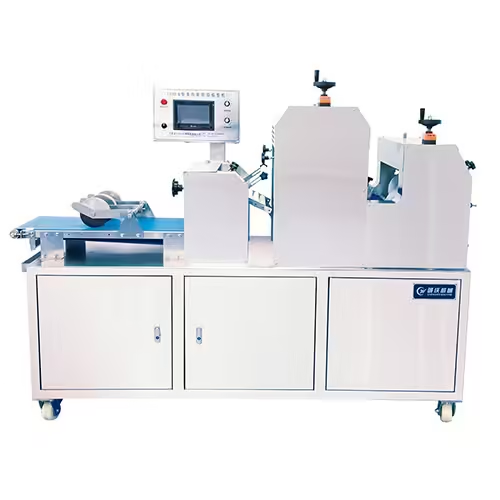


This guide explores how investing in a loaf bread production line can transform your bakery operations, increase output, and reduce production costs.

The bakery industry is evolving rapidly, with increasing demand for diverse bread products and efficient production methods. A loaf bread production line offers a cost-effective, automated solution for manufacturers to meet growing consumer needs while maintaining high product quality. This guide explores how investing in a loaf bread production line can transform your bakery operations, increase output, and reduce production costs.
A modern loaf bread production line is designed to produce a wide variety of bread types, such as silver thread rolls, honeycomb bread, caterpillar bread, milk bread, French bread, and classic toast bread. This versatility makes it an essential asset for bakeries aiming to diversify their product portfolio while ensuring consistent quality and efficiency.
The core structure of the loaf bread production line is engineered for precision and durability. It consists mainly of three rollers:
This roller setup guarantees uniform dough processing without damaging its structure.
Manufacturers of loaf bread production lines use high-grade stainless steel for all structural components. Laser cutting and precise welding techniques are employed to ensure:
The result is a reliable machine that requires minimal maintenance while delivering consistent performance.
The integration of an automated human-machine interface (HMI) elevates the loaf bread production line’s user experience. Key features include:
This intelligent control system enables operators to optimize production efficiently.
The loaf bread production line includes a state-of-the-art dough pulling machine, whose speed is 50% faster than previous models. This improvement results in:
Faster processing without sacrificing quality makes this feature a major selling point.
One of the standout benefits of the loaf bread production line is its gentle dough handling, which preserves the internal structure of the dough. This ensures:
Maintaining dough integrity directly contributes to customer satisfaction and brand reputation.
| Machine name | dough feeder/dough shaping machine/3rolls host/filling machine/bread forming machine/cut table/high speed tray arranging machine |
| Capacity | 1000-15000pcs/h |
| Finally product weight | 15-500pcs/h |
| Max power | 10KW |
| Nachine weight | 3200KG |
This table summarizes the core advantages that make the loaf bread production line a cost-effective choice for bakeries.
Investing in a loaf bread production line helps bakeries save money by:
Over time, these savings contribute to a significant return on investment.
The loaf bread production line’s design supports multiple bread varieties. Bakeries can easily switch between:
This flexibility enhances market competitiveness and customer satisfaction.
To ensure the loaf bread production line continues to perform efficiently:
Preventive maintenance reduces downtime and extends machine lifespan.
A loaf bread production line is a smart investment for bakeries aiming to improve efficiency, product quality, and versatility. With its durable stainless steel construction, automated controls, and gentle dough handling, it offers a cost-effective solution that pays for itself over time.
Ready to upgrade your production capabilities? Contact us today to learn more about our loaf bread production line options and how they can help you bake better and faster.
What types of bread can the loaf bread production line produce?
It can produce a variety of bread including silver thread rolls, honeycomb bread, caterpillar bread, milk bread, French bread, and toast bread.
How does the automated HMI improve production?
The human-machine interface stores parameters for consistent operation and simplifies control, reducing errors and labor costs.
What materials are used in the bread production line?
The machine is primarily constructed from stainless steel using laser cutting and precision welding for durability and hygiene.
How much faster is the new dough pulling machine?
The latest dough pulling machine operates 50% faster than previous models, increasing production efficiency significantly.
Is maintenance complicated for the bread production line?
With regular cleaning and inspections, maintenance is straightforward, ensuring long-term reliable operation.

